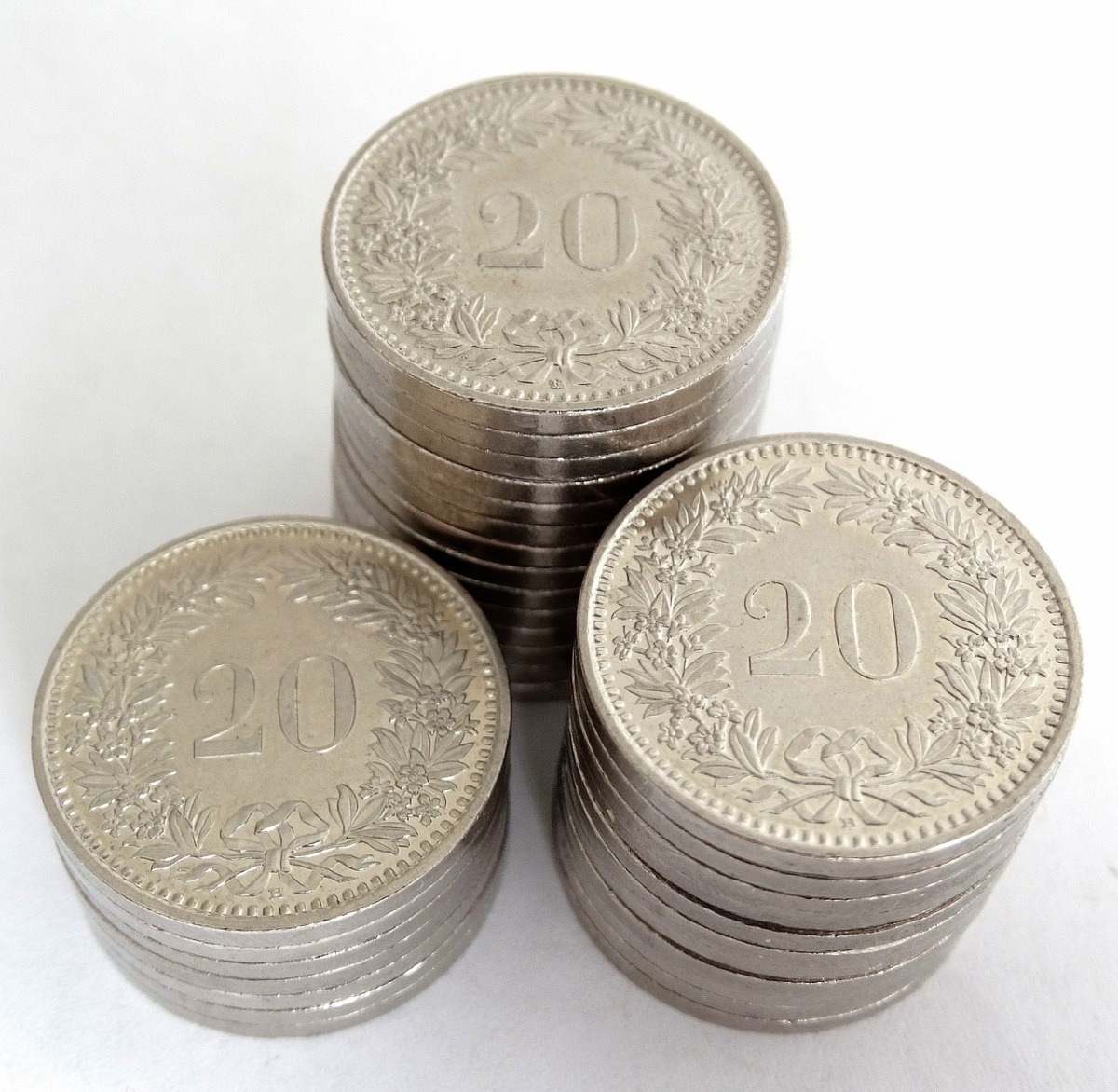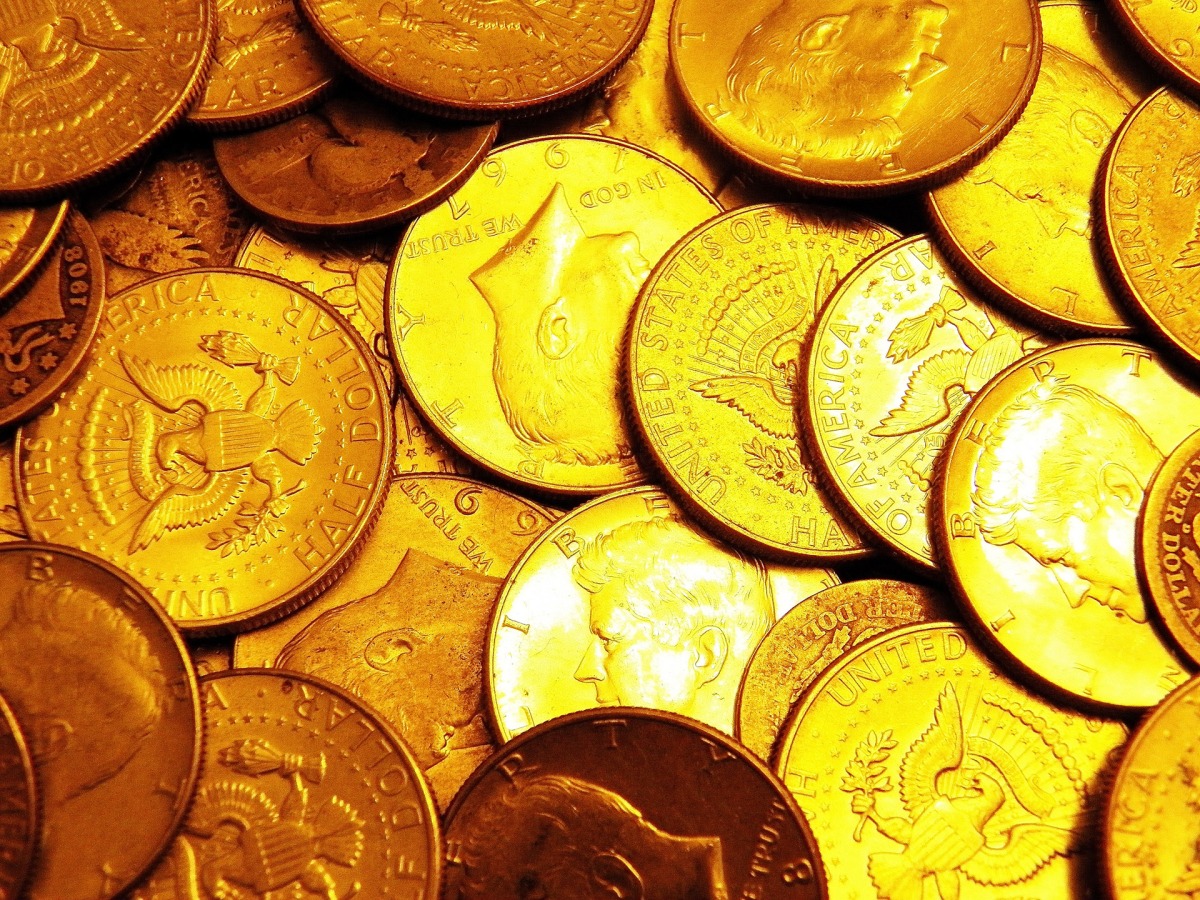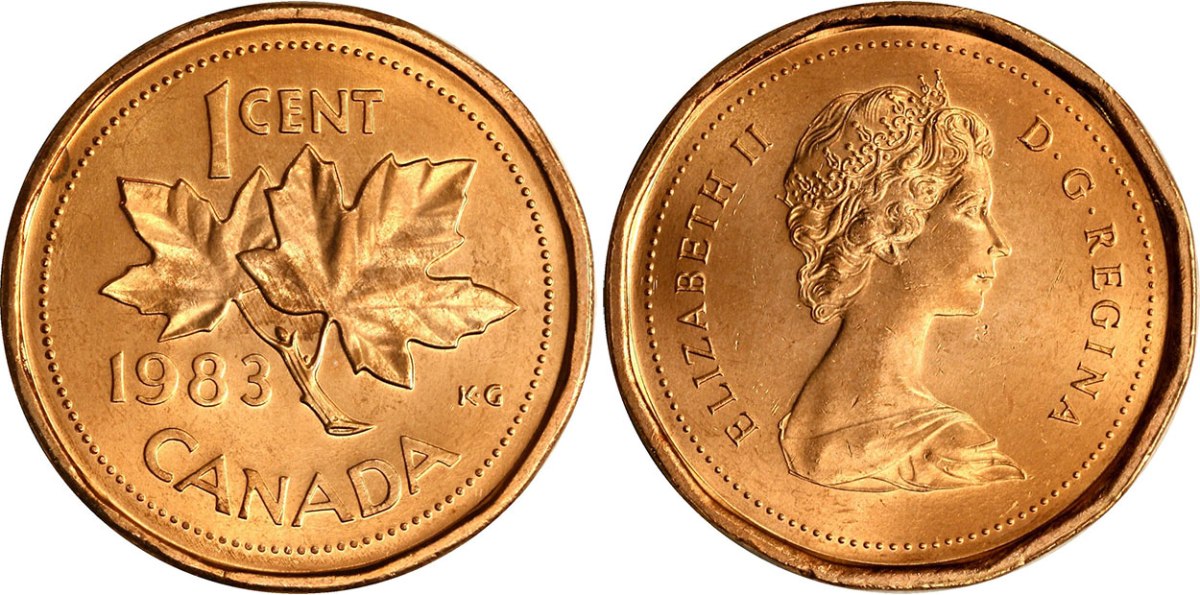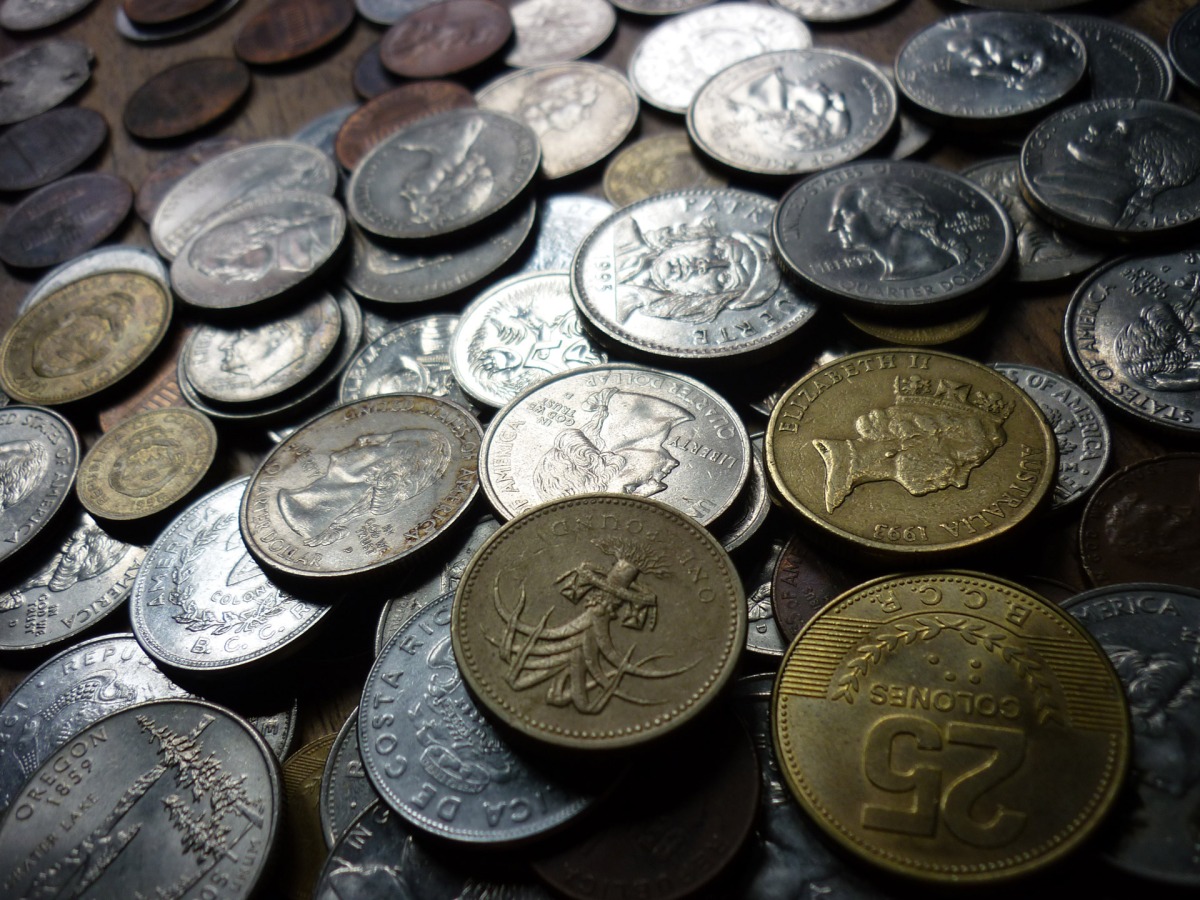
Coin collecting is a common pastime that many individuals enjoy. Collection types range in variety based on the individual. Many coin collectors like to focus on rare coins created due to printing errors while others focus on a specific country or region. Some even focus their collection on specific time frames in history. No matter what type of collection is created, each is interesting to learn about a view. For many, collecting coins with women has become a popular pastime. The Canadian mint has created several coins over the years that are highly collectible and feature women.
Fictional Females
A unique category created by the Canadian Mint is the fictional females. Back in 1994, a $200 gold coin was issued that was a tribute to Anne of Green Gables. A second coin was created in 2008 to celebrate the 100th anniversary of the books and featured Anne Shirley, the main character of the books. This coin was a 25-cent painted coin.
Honouring a War Heroine
In 2013, two coins were created that are enjoyed in the coin collecting world. Laura Secord is a famous heroine of Canada dating back to the War of 1812. Laura’s image is featured on the 25 cent coin and the $4 silver coin for her role in the war.
Nobel Prize Winner
Alice Munro, a Canadian author, was given a Nobel Prize in Literature in 2013 and the Royal Canadian Mint created a coin in 2014 to commemorate her achievement. The $5 coin was created in 2014 and depicts a female figure which is coming out of a hand-written book.
FIFA Women’s World Cup
In 2015, the Royal Canadian Mint decided to create a coin in celebration of the FIFA Women’s World cup. The design was revealed in March of last year.
These are just a few examples of Canadian women featured on coins created in Canada. It is interesting to note the differences in subject matter and how each category was celebrated for a different occasion or time period.
Such coins are collectible due to the uniqueness of the image as well as the interesting story behind the coin. Coin collectors like to tell a story and reveal in the history of each coin they possess. The rarer the coin and more interesting the story, the more enjoyable the coin is to collect. Coin collections can be started by adding the women of Canada pieces or starting with any other collection category. Individuals can choose how to start a coin collection based on the topics they enjoy.
At Colonial Acres, coin collectors can add to their collection or start a new one by working with the knowledgeable. Gain help in finding rare coins or learn just how valuable your collection is by having it appraised. You will find Colonial Acres Coins offers a wealth of knowledge that is helpful to both the novice coin collector as well as the more advanced.

 Have you started a coin collection featuring coins from Canada but are unsure as to which coins are actually worth collecting? There are many coins from varying decades in the history of Canada that are interesting and unique, perfect for the new collector. Once you know the best coins in circulation as well as those that may not be in circulation any more, you can begin to add value to your collection. From the penny to the
Have you started a coin collection featuring coins from Canada but are unsure as to which coins are actually worth collecting? There are many coins from varying decades in the history of Canada that are interesting and unique, perfect for the new collector. Once you know the best coins in circulation as well as those that may not be in circulation any more, you can begin to add value to your collection. From the penny to the 


